Brand-new to the market in March 2022, the Honor Magic4 Ultimate comes packed with features befitting a device in our Ultra-Premium segment ($800 and higher). In this review, we take a look at how it performed in our comprehensive array of Display tests.
Key display specifications:
- 6.8-inch OLED screen
- Resolution: 2848 x 1312 pixels (460 ppi)
- Refresh rate: 120 Hz
- Maximum brightness: 1000 cd/m2
About DXOMARK Display tests: For scoring and analysis in our smartphone and other display reviews, DXOMARK engineers perform a variety of objective and perceptual tests under controlled lab and real-life conditions. This article highlights the most important results of our testing. Note that we evaluate display attributes using only the device’s built-in display hardware and its still image (gallery) and video apps at their default settings. (For in-depth information about how we evaluate smartphone and other displays, check out our articles, “How DXOMARK tests display quality” and “A closer look at DXOMARK Display testing.”)
Test summary
Scoring Sub-scores and attributes included in the calculations of the global score.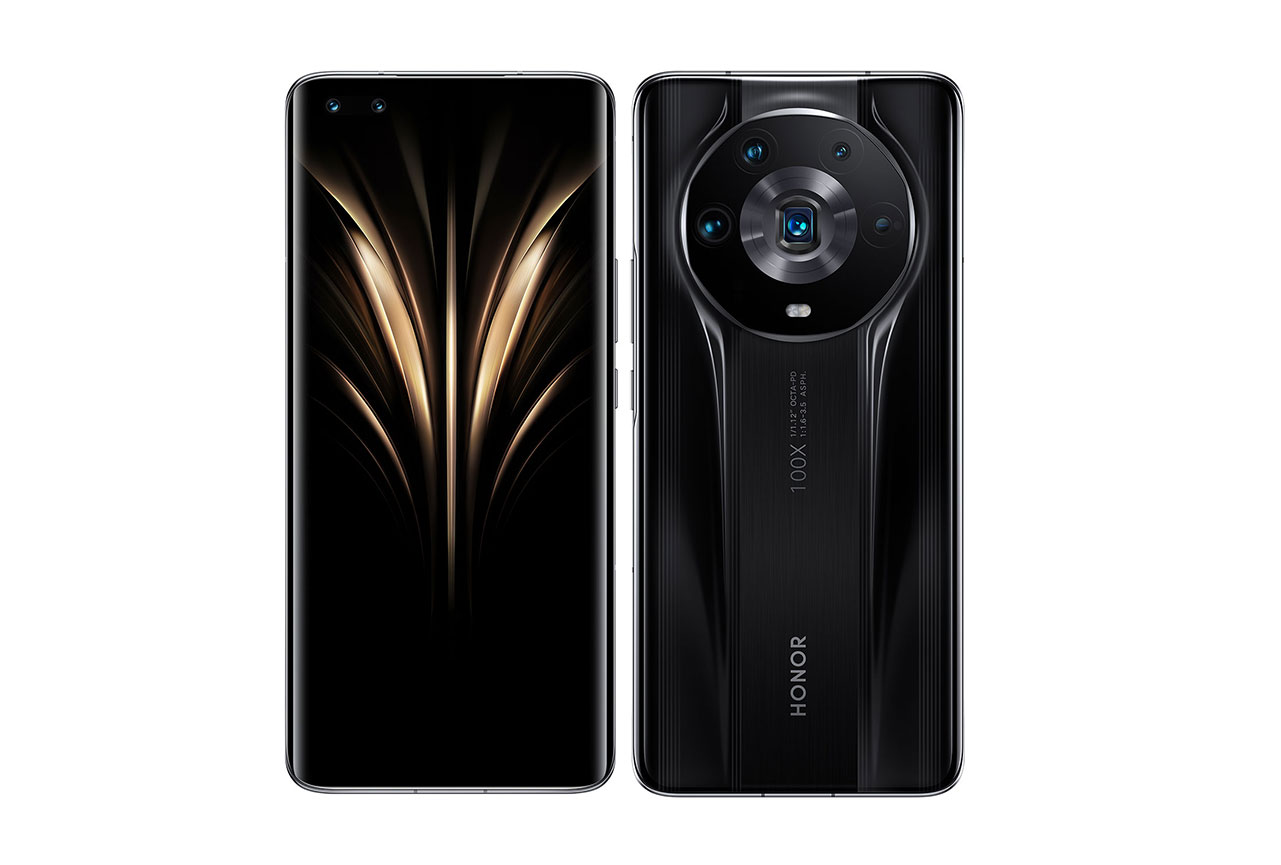 Honor Magic4 Ultimate
Honor Magic4 Ultimate



Pros
-
Very good color rendering
-
Brightness well suited for low-light and indoor conditions
-
Smooth reaction to ambient lighting changes
- Nearly flicker-free OLED screen
Cons
- Lack of touch smoothness in every use case
- Strong aliasing visible when playing video games
- Many frame drops visible when starting videos
With an overall score of 95, the Honor Magic4 Ultimate puts in a strong performance for many Display protocol attributes, with especially good color rendering that puts it at the top of the charts as of this writing. Its only real drawback is for touch, where it doesn’t feel smooth in any of DXOMARK’s use cases.
Analyses and comparisons
The DXOMARK Display overall score of 95 for the Honor Magic4 Ultimate is derived from its scores across six attributes: readability, color, video, motion, touch, and artifacts. In this section, we’ll take a closer look at these display quality sub-scores and explain what they mean for the user, and we will compare the Honor Magic4 Ultimate’s performance in several areas against two of its competitors, the Samsung Galaxy S22 Ultra (Exynos) and the Apple iPhone 13 Pro Max.

Readability
Honor Magic4 Ultimate
72
76
DXOMARK uses the device’s gallery app to show static (still image) content when measuring the device’s display for brightness, contrast, gamma, and blue light impact, etc.
The brightness of the Honor Magic4 Ultimate is well suited for low-light conditions:
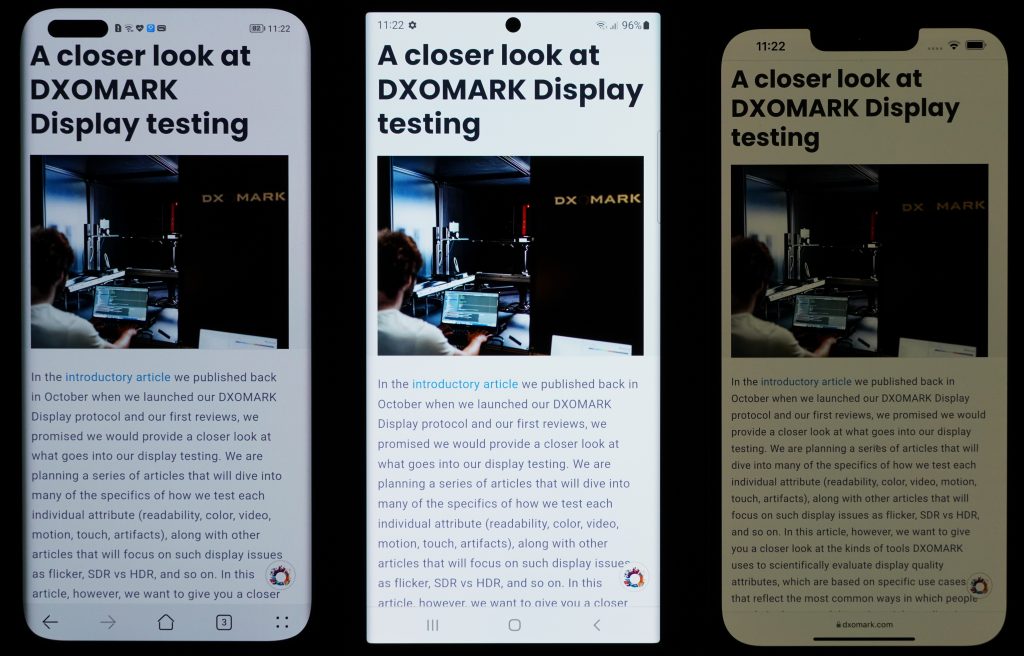
Further, the Honor device is readable in indoor conditions, and is brighter than both the S22 Ultra and iPhone 13 Pro Max in the examples below:

However, it is less readable in shady outdoor conditions than the competition…



Color
Honor Magic4 Ultimate
91
92
DXOMARK uses the device’s gallery app to show static (still image) content when measuring the device’s display for white point, gamut, uniformity, color fidelity, and blue light filter impact, etc.
The Honor Magic4 Ultimate’s very good rendering makes it the current leader for DXOMARK’s color attribute, with pleasant colors under most viewing conditions, including low light:

In indoor conditions, a slight blue cast is often visible. But when looking at its competitors’ renderings, the Samsung Galaxy S22 Ultra (Exynos) is more blue and the Apple iPhone 13 Pro Max shows a yellow cast.

In outdoor conditions, the Honor device remains faithful with controlled colors. When looking at its competitors, the S22 Ultra is way oversaturated and the iPhone continues to display a yellow cast.

The charts below show the measured color faithfulness of the Honor Magic4 Ultimate in both the RGB and P3 color spaces at 1000 lux. The further the tip of an arrow is outside the circle, the more noticeable the difference between the device’s color rendering and the original source material. The Honor shows good color fidelity in both color spaces.


The charts below show the Honor’s color tendencies when held at an angle. Each dot represents a measurement taken at a discrete angle and distance from the device. Dots inside the inner circle exhibit no color shift in angle; those between the inner and outer circle have shifts that only trained experts will see; but those falling outside the outer circle are readily noticeable. The Honor Magic4 Ultimate maintains its color when viewed at an angle, especially when compared to its rivals. Its color shift is difficult to perceive to an untrained eye.
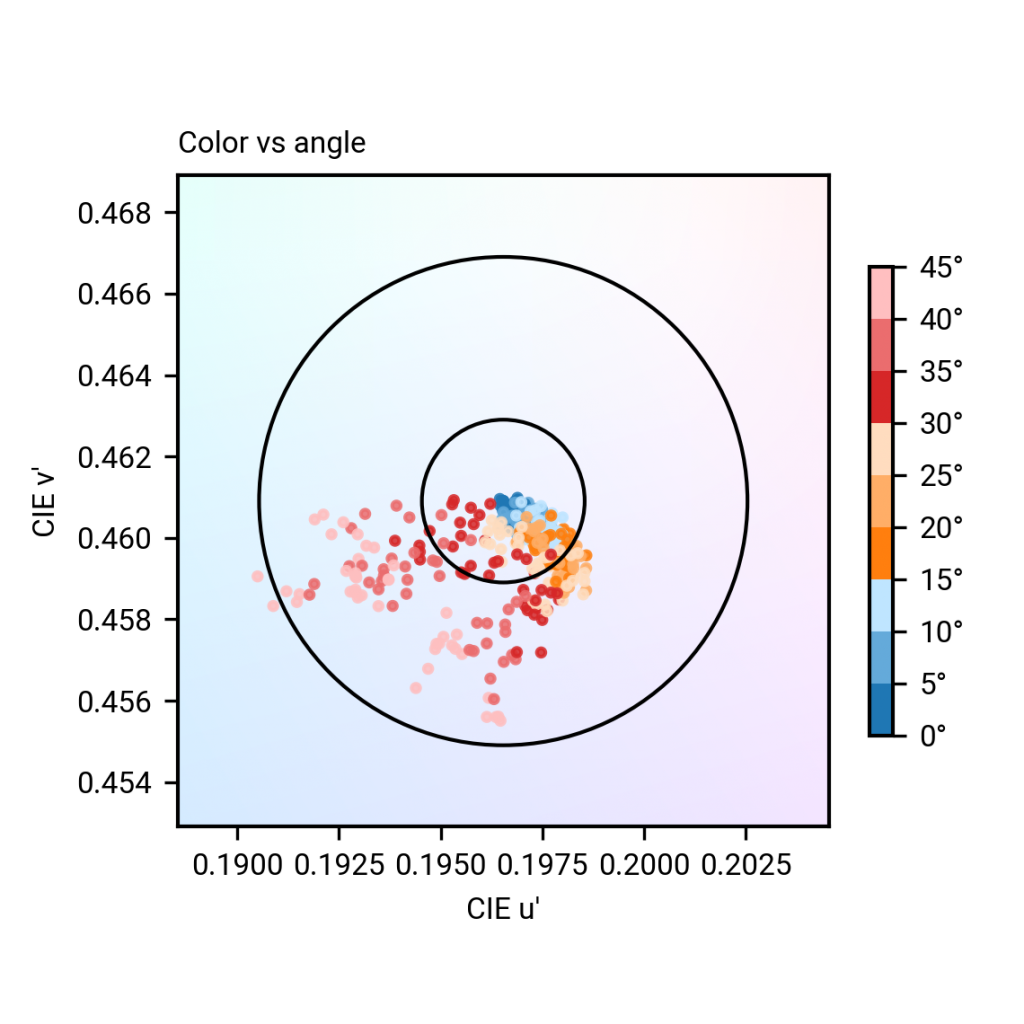
The Honor device is mostly uniform in color. It shifts to a yellow cast when the BLF is on, but the resulting cast is not disturbing.

Video
Honor Magic4 Ultimate
84
91
DXOMARK uses the device’s video (or gallery) app to show dynamic content when measuring the device’s display for brightness, contrast, gamma, and color.
The Honor Magic4 Ultimate’s maximum brightness is well suited for HDR10 content. However, midtones appear darker than they should, and dark tones are missing some details. Colors, including skin tones, are well rendered overall.

Video brightness, clockwise from top left: Honor Magic4 Ultimate, Samsung Galaxy S22 Ultra (Exynos), Apple iPhone 13 Pro Max

Motion
Honor Magic4 Ultimate
81
87
The Honor Magic4 Ultimate shows some frame mismatches for 30 fps and 60 fps content, as you can see in the 60 fps SDR video examples below, but no frame drops are visible when playing video games.
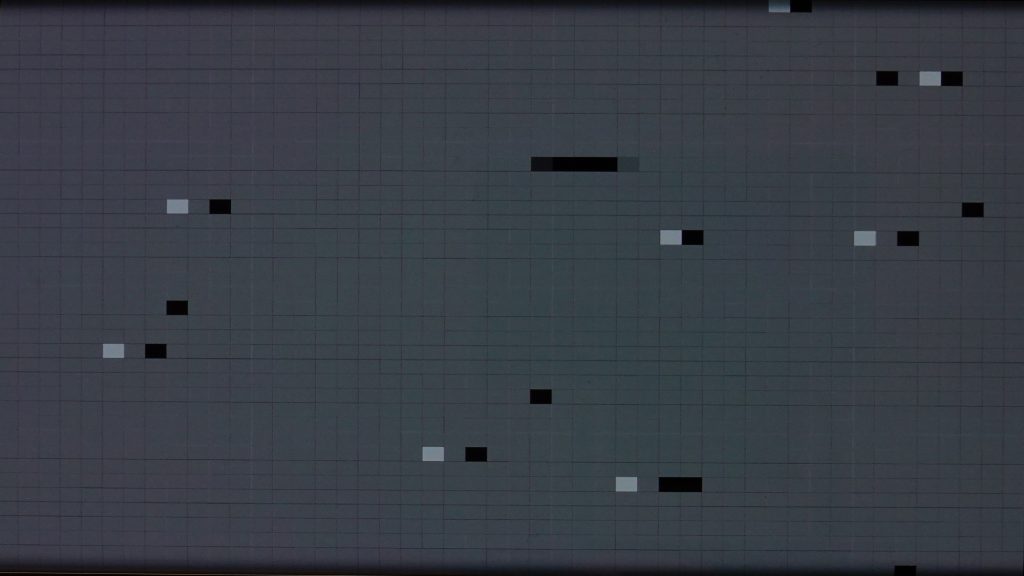
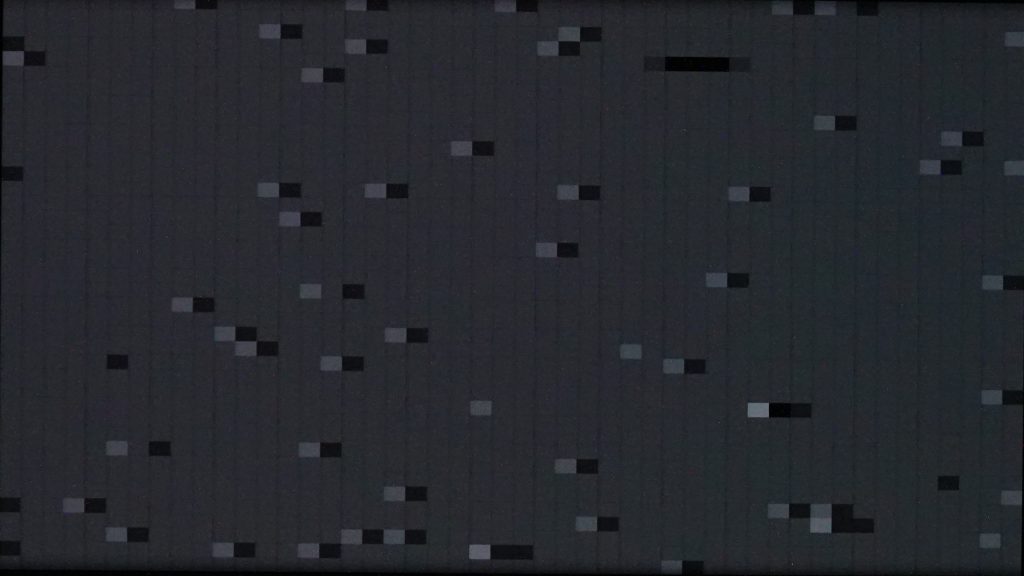

The device manages motion blur well, but it stutters when resuming video playback.

Touch
Honor Magic4 Ultimate
73
85
The Honor device is accurate and has good reactivity when playing video games (<65 ms). However, the device lacks smoothness in every use case.

Artifacts
Honor Magic4 Ultimate
84
86
The Honor Magic4 Ultimate shows almost noflicker, with a PWM frequency of 1920 Hz. This is the highest PWM frequency we have seen on an OLED display so far.
The video below is shot at 2000 fps and displayed at 5 fps (400 times slower than reality). We can see that to minimize the flickering effect, the Magic4 Ultimate increases the number of bright and dark bands. In comparison, the S22 Ultra (Exynos) has very few bands and an important luminance amplitude, making the flickering more noticeable. The Apple iPhone 13 Pro Max’s flickering is not as minimal as the Honor’s, but not as noticeable as the Samsung’s.
Moreover, the device does not respond to ghost touches. Judder is well managed, but there are frame mismatches at 24 and 30 fps, though none are visible at 60 fps. Strong aliasing is noticeable when playing video games.


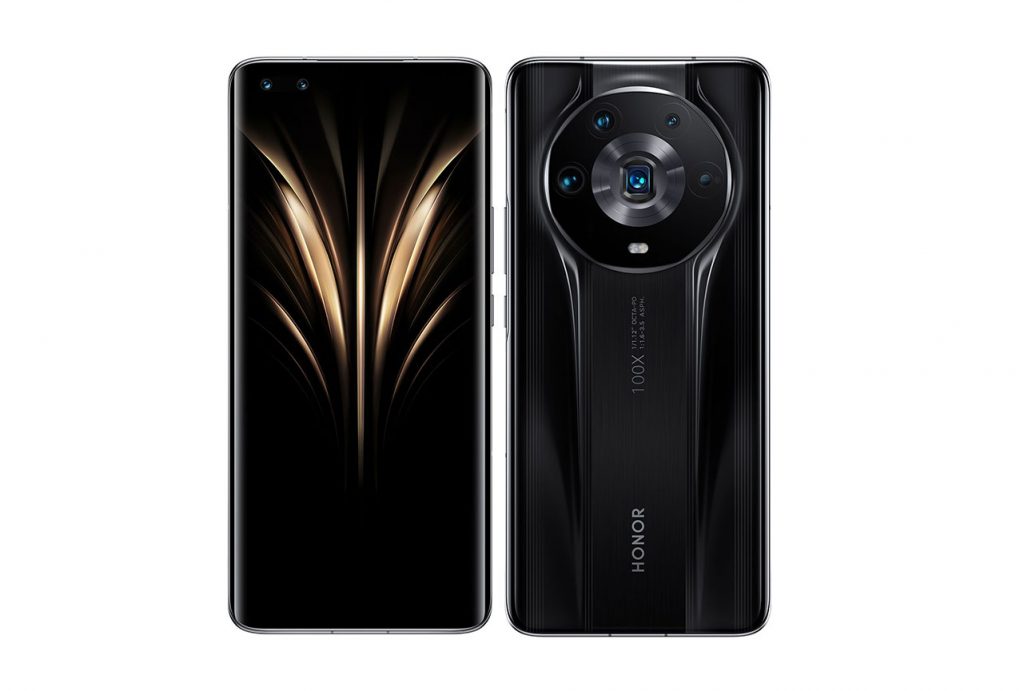

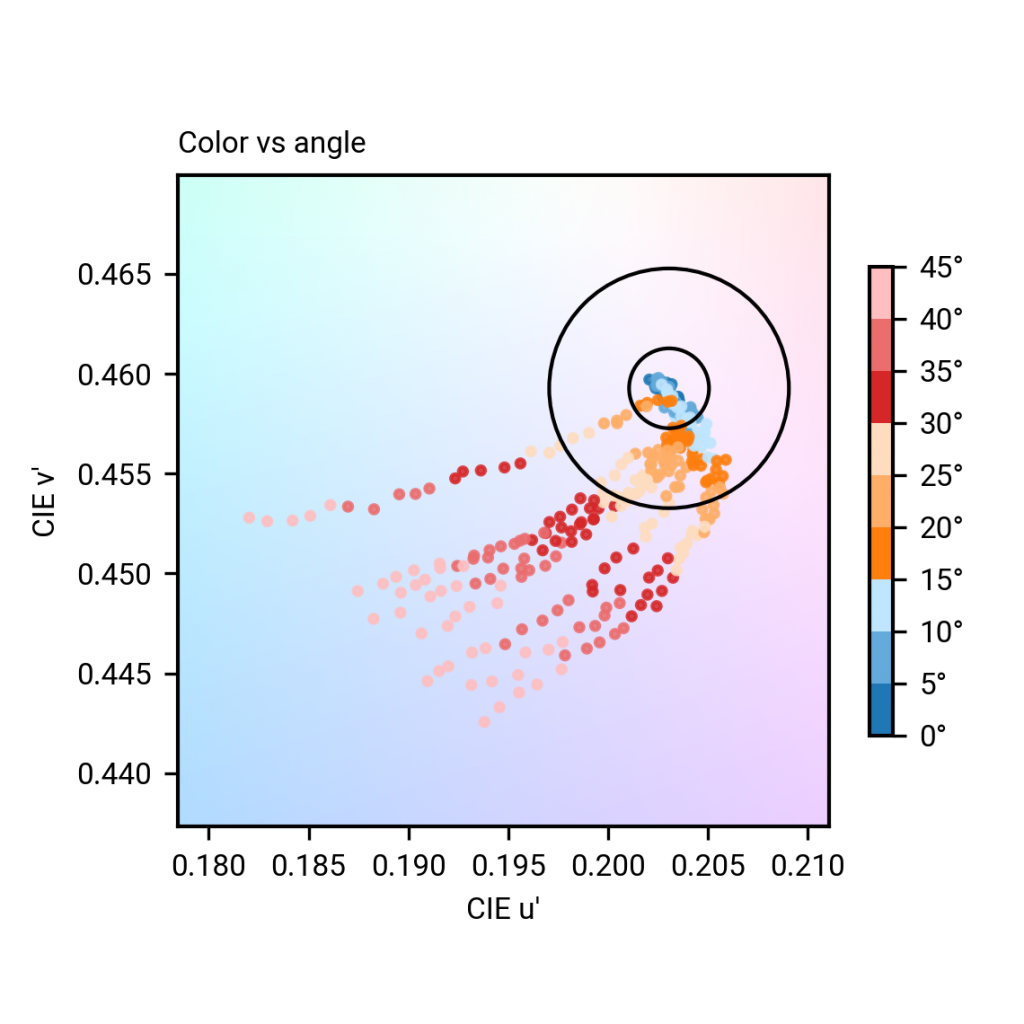
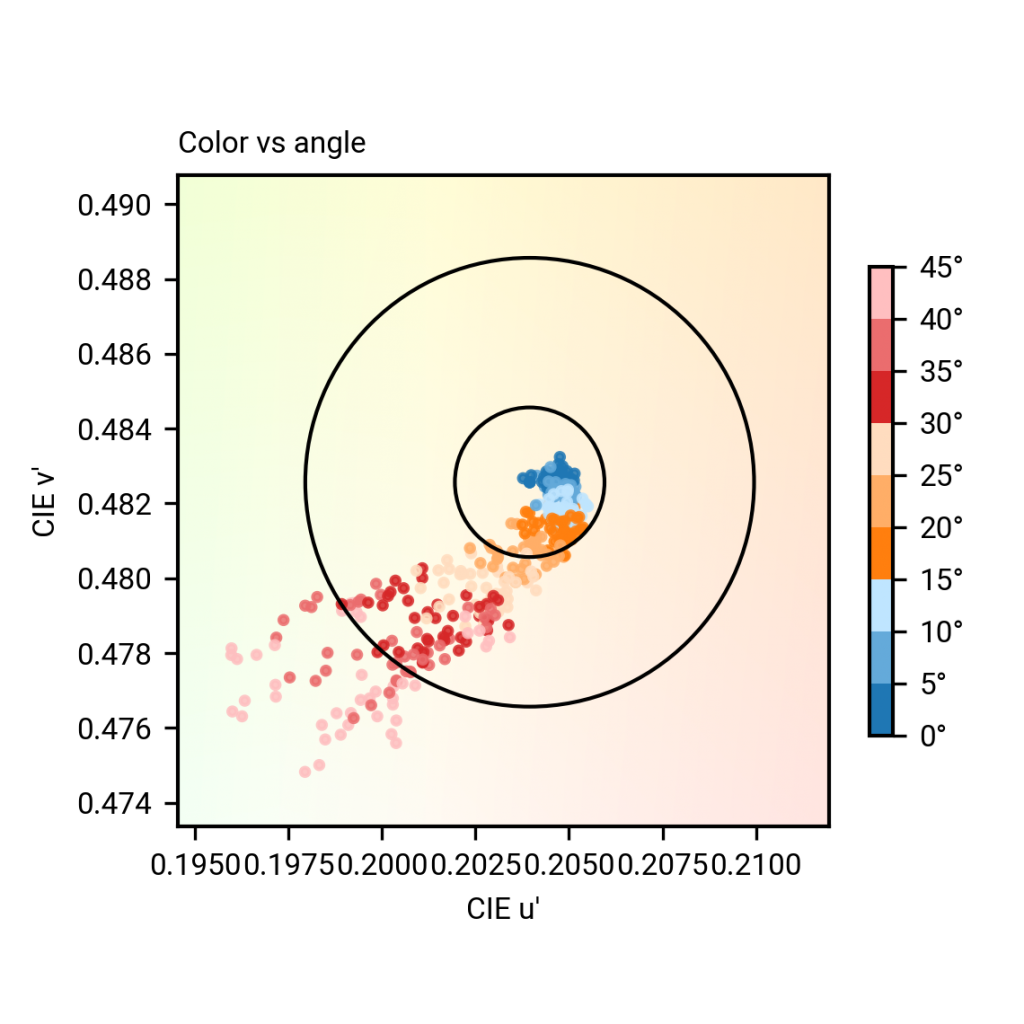



DXOMARK encourages its readers to share comments on the articles. To read or post comments, Disqus cookies are required. Change your Cookies Preferences and read more about our Comment Policy.